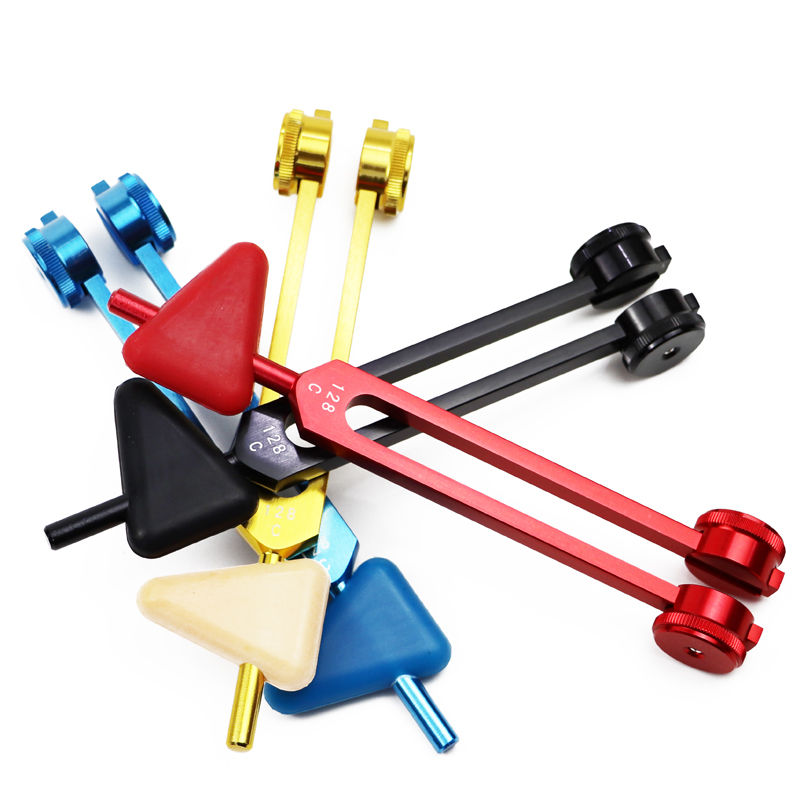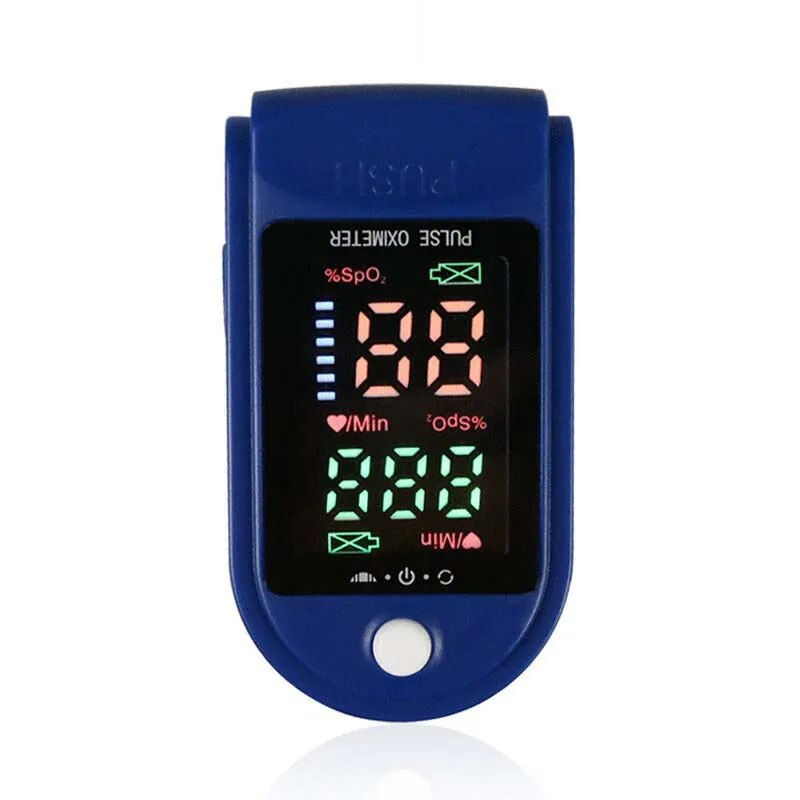
Equipment for Examination

Use of Goniometer:
Consistency and Accuracy in Clinical Practice
Research has shown that digital and universal goniometers provide reliable measurements of joint range of motion, with high intra- and interrater reliability, particularly in assessing knee mobility (Shamsi, Mirzaei & Khabiri, 2019). Another study compared different methods of measuring knee mobility, and goniometer measurements proved to be more consistent and reliable than visual estimates, especially when performed by experienced clinicians (Hancock, Hepworth & Wembridge, 2018).
Use of Goniometer:
Grip Strength – A Measure of More than Strength
Grip strength is a strong indicator of health, physical function, and mortality. Studies show that low grip strength is associated with poorer overall health, lower body weight, and physical limitation (Forrest et al., 2017). It predicts mortality regardless of the dominant hand (Shin et al., 2022) and is linked to a lower risk of death from cardiovascular disease and pneumonia (Sasaki et al., 2007). Grip strength functions as a biomarker of aging and health globally (Sayer & Kirkwood, 2015), and is associated with reduced all-cause mortality, including cancer (Gale et al., 2007). Furthermore, low grip strength in midlife may indicate poorer brain health later in life (Dercon et al., 2021), and it is also linked to better quality of life in older adults (Musalek & Kirchengast, 2017).















































